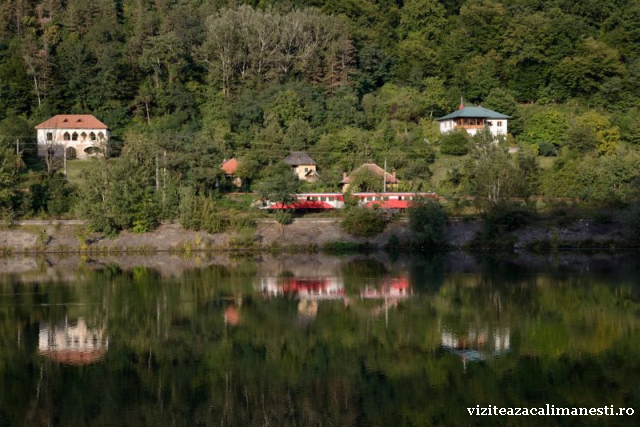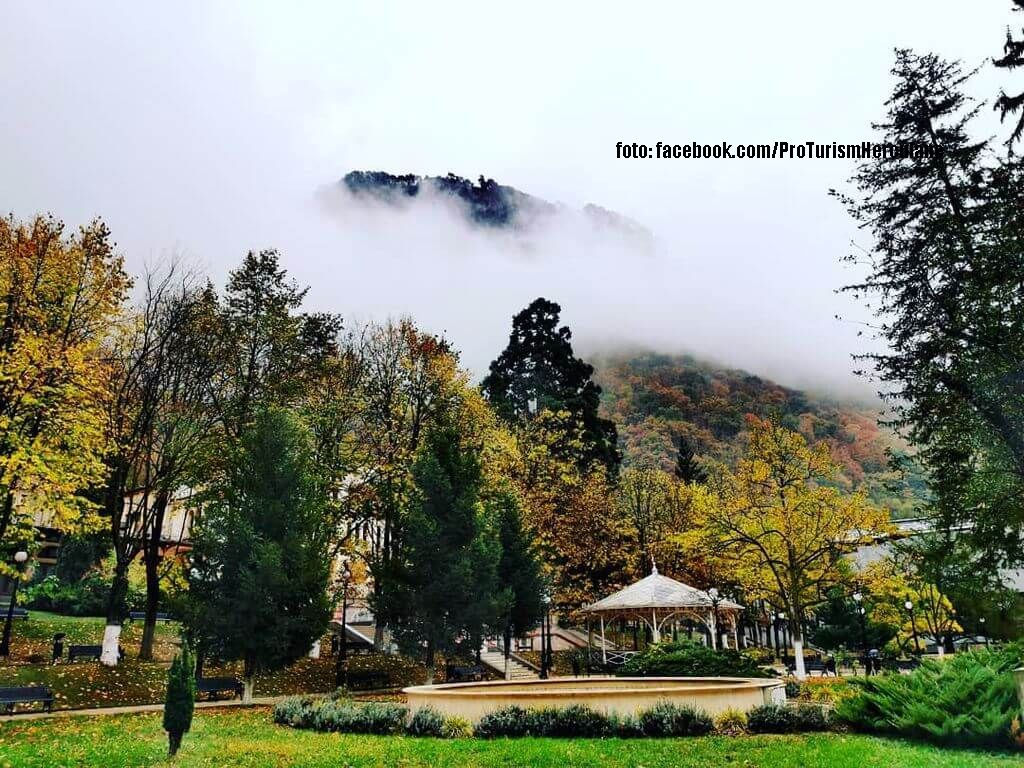Valcea County
Valcea County is located in southern Romania, at the foot of the Carpathians

Ștefan Baciu, 19.10.2017, 14:45
Crossing the county is Olt River, and, along the Olt Valley, a railroad connects Wallachia to Transylvania. The county capital city, Ramnicu Valcea, is the best starting point to explore the tourist attractions in the region. First mentioned in an official document on September 4, 1388, by the Wallachian ruler Mircea the Old, the city of Ramnicu Valcea takes pride in its centuries-old history. Also worth mentioning is Cozia Monastery, a compound 18 km north of Ramnicu Valcea, a monastic compound representative for Romanian mediaeval history and architecture.
Cozia was founded in 1388 by the Wallachian ruler Mircea the Old, who intended the monastery church to be used also as a princely burial place. Not far from Cozia we find the resort of Calimanesti-Caciulata, which has become an attractive tourist destination in recent years thanks to its aqua-park and thermal water pools. Another princely foundation, the Govora Monastery, lies 17 km west of Ramnicu Valcea. No less than three different rulers were involved in its construction: Radu the Great in 1492, Matthew Basarab in 1636 and Constantin Brancoveanu throughout his reign (1699-1714).
During the reign of Matthew Basarab, Govora acquired a printing press donated by a scholar and metropolitan of Romanian origin called Simeon Mogyla from Kiev. The Govora Code of Laws, known as the oldest collection of laws in Wallachia, was printed here in 1640. Baile Govora spa and resort is located nearby, where treatment is provided mainly for respiratory disorders.
The first to benefit from mineral water treatment at Baile Govora were the Romanian soldiers who fought in the Independence War of 1877 and who were stationed at the nearby Govora Monastery. After the confirmation of the mineral waters’ therapeutic properties, Baile Govora saw the building of several constructions that laid the foundation for the future resort. In Baile Govora you will see the first hotel in Romania equipped with a treatment center that was built in 1914 and refurbished with the help of European funds several years ago.
Mihai Handolescu, general manager at Baile Govora has more: “Our hotel has a spa tradition of more than 100 years. The French architect Doneau erected this hotel according to three architectural styles. The basement, the semi basement and the ground floor were built in the eclectic style, the 1st, 2nd and 3rd floors in the Art Nouveau style and floors 4, 5 and 6 in Neo-Romanian style. The hotel’s specificity consists in the 365 holes one can see in the walls, as many as the number of days in a year, and in the fact that each room receives direct sunlight during the day as the hotel was built on an east-west direction”.
The hotel is located in a park designed by another French artist, the landscape architect Emil Pinard. Several kms away from Baile Govora one will discover Ocnele Mari salt mine. A minibus will take you inside the salt mine, which has tunnels covering an area of 3 and a half thousand meters that can be visited. The salt mine also boasts fitness areas, sports grounds, restaurants and a wine cellar.”
Heading westwards to the town of Targu Jiu, you will have the opportunity to visit the Trovants Museum in the locality of Costesti. On a surface of ten thousand meters you will discover stones of irregular shapes and sizes, which emerged following the process of sand solidification. Heading further away, westwards, you can come by other tourist attractions, in the Horezu area.
A former mayor of Horezu and a tourism promoter, Constantin Nitu will now tell us how it’s worth a visit to Horezu: “Our area is known as the Horezu depression and its main attraction is the Horezu monastery, built upon order by ruler Constantin Brancoveanu. This monastery is included on the list of UNESCO World Heritage Sites. The region is worth visiting also thanks to the Horezu ceramics. Each piece of ceramics is handmade and you will not find two identical ceramic objects of a kind. Also the Horezu area is in full tourist development and the surrounding landscapes are very beautiful.”
Commissioned by ruler Constantin Brancoveanu, Hurezi Monastery is located 50 km west of Ramnicu Valcea. The monastery’s church is listed as a UNESCO World Heritage site. The interior of the church, apart from its usual mural paintings depicting scenes from the Bible, also includes a gallery of portraits of members of the Brancoveanu, Basarab and Cantacuzino families, many of whom were historically rulers of Wallachia. The church also houses the empty tomb of the monastery’s patron, Constantin Brancoveanu, who was beheaded along with his four sons in 1814, in Constantinople.
The church is surrounded by buildings Brancoveanu would use as living quarters, much in the style of 17th-century fortresses. The Guardhouse and the Council Chamber were turned into today’s museum. Specialists believe the ensemble in Hurezi is representative for the Brancovan architectural style, due to its lavish exterior decorations and frescos.






























